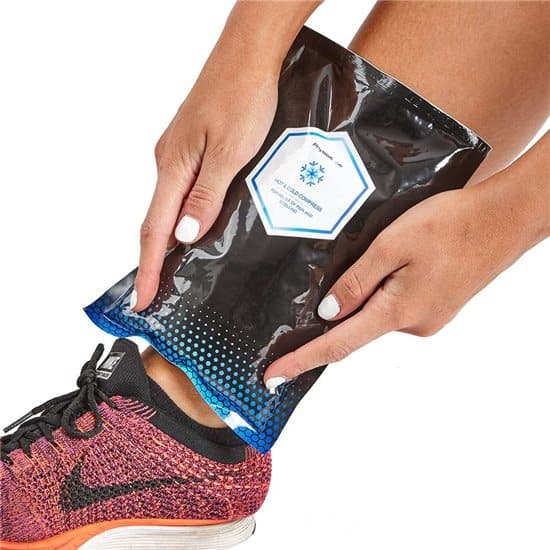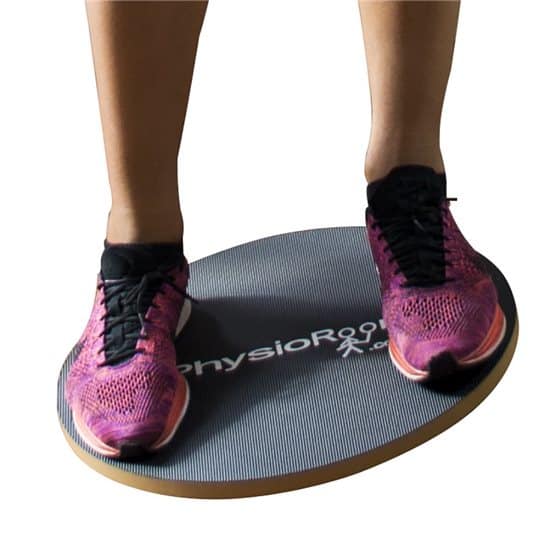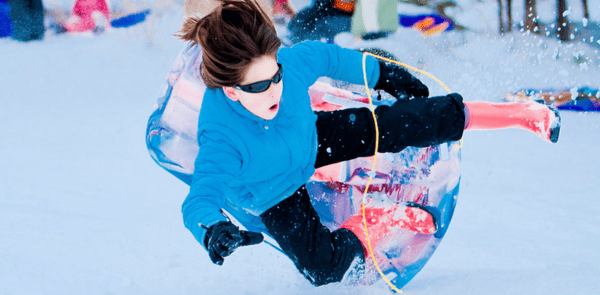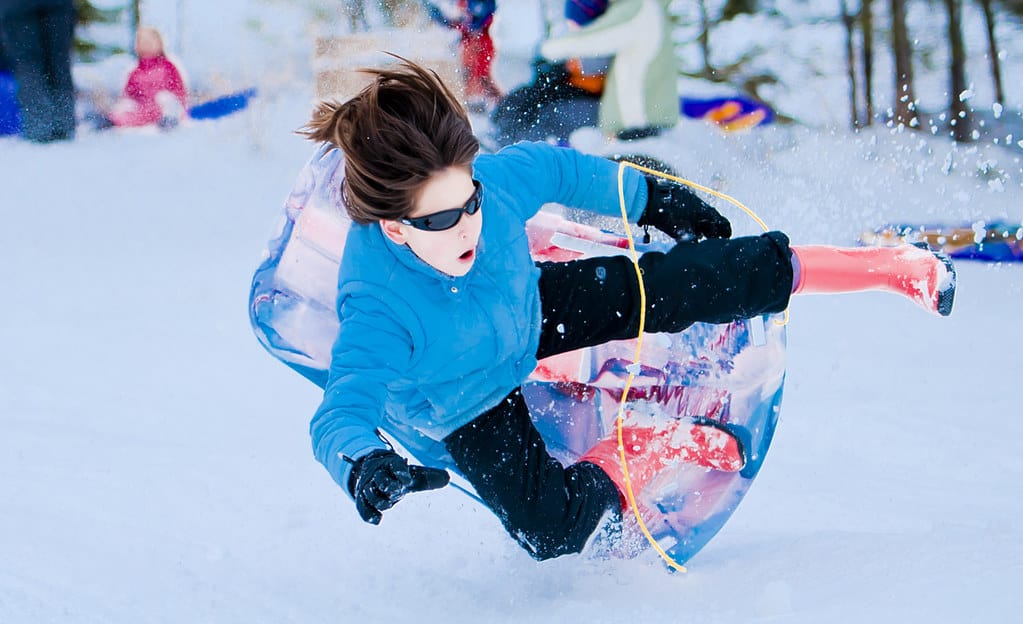Engaging in winter sports brings joy and excitement. But as with other outdoor pursuits, it also comes with its share of potential injuries. From slips on icy slopes to muscle strains, this season poses challenges for athletes. Here, we explore the common sports injuries that winter enthusiasts may encounter. Stay tuned as we also provide tips for effective treatment, ensuring a safer cold-weather adventure!
Understanding Winter Sports Injuries
Winter sports often lead to injuries due to the cold and the nature of the activities. Common ones include sprains, fractures, and muscle strains.
Sprains involve the stretching or tearing of ligaments. Think of ligaments as strong elastic bands connecting your bones, like the ropes holding a tent together. A sprain on these connective tissues often occurs in winter due to sudden slips or falls on icy surfaces.
Fractures, or broken bones, occur when the force applied to a bone exceeds its strength. In winter sports like skiing, high-impact collisions with hard surfaces or abrupt falls can lead to this. Such injuries vary in severity, from hairline cracks to complete breaks. In some cases, they may require medical attention.
Muscle strains caused by overexertion or sudden movements are heightened in the cold. This can often result in stiffening the muscles and making them more susceptible to tears. When muscles undergo excessive stress, they can tear, causing pain and limiting mobility.
Being aware of these challenges is important for winter sports enthusiasts. This also underscores the importance of proper warm-ups and proactive measures. That way, they can ensure a safer, injury-free experience.
The R.I.C.E. Method

The R.I.C.E. method is a widely used approach for treating various injuries. It includes rest, using physio ice packs, applying compression, and elevating the injured area. This treatment is simple yet effective, providing immediate relief and promoting faster healing. It’s the go-to first aid strategy for many common injuries encountered in winter sports and more.
To break down this technique:
- Rest: Allows the affected part to heal by avoiding strenuous activities.
- Ice: Apply instant ice packs to reduce swelling and numb the area. Use a cloth to prevent direct contact with the skin.
- Compression: Use white bandage wrap to limit swelling and provide support.
- Elevation: Raise the injured limb above the heart whenever possible to reduce swelling.
In winter sports, applying R.I.C.E. can alleviate pain, minimise swelling, and foster a faster recovery. Remember to consult a healthcare professional for severe injuries or persistent pain.
Medication and Pain Management
An over-the-counter (OTC) medicine is readily available without a prescription. It includes well-known options like ibuprofen and acetaminophen. Ibuprofen is an anti-inflammatory that also provides pain relief. Meanwhile, acetaminophen is primarily a pain reliever. Both can be effective for managing pain from winter sports injuries. They alleviate discomfort and reduce inflammation.
It’s essential to read labels and follow dosage instructions carefully. Also, consider individual health conditions when choosing an OTC pain reliever. Misuse can lead to adverse effects, including liver damage or gastrointestinal issues.
Always consult healthcare professionals before starting any medication regimen. They can provide personalised advice, considering individual health conditions and potential interactions. Overall, consultation with experts ensures safe and effective pain management.
Rehabilitation Exercises

Gentle rehabilitation exercises play a crucial role in recovering from winter sports injuries. These exercises are designed to improve flexibility, strength, and range of motion. Tailored rehab drills, like ankle sprains or muscle strains, target affected areas. Examples include ankle circles for sprains and gentle stretches for muscle strains.
For ankle sprains, gentle ankle circles and controlled weight shifts help regain stability. Muscle strains benefit from gentle stretches, such as hamstring stretches for leg strains. Consider investing in any of the following rehabilitation equipment:
- Balance pad: Useful for controlled weight shifts to regain stability in ankle sprains.
- Resistance bands: Provide gentle resistance for ankle circles, aiding in strengthening and stability.
- Foam roller: Assists in muscle strain recovery, particularly for the hamstrings. Helps promote flexibility and reduce muscle tension.
- Yoga strap: Helpful for controlled and gradual stretching of the hamstrings. Aids in muscle strain rehabilitation.
- Balance boards: Enhances stability and proprioception during ankle exercises for improved recovery.
- Exercise mat: Provides a comfortable surface for performing various stretches and exercises. Promotes overall safety and effectiveness.
Ensure proper form, start with low intensity, and gradually increase difficulty. Consistency in rehabilitation, combined with patience and proper form, fosters a steady recovery. This, overall, allows individuals to regain confidence and return to winter sports safely.
Note: You may consult with a qualified trainer before starting any rehabilitation exercises. This is particularly important if you have specific health concerns or conditions.
Round-up
For a safe winter sports experience, address injuries with timely measures like the R.I.C.E. method and exercises. Prioritise health and safety by managing pain, using equipment, and being cautious. Embrace the cold with care for injury-free enjoyment of winter activities!
For physiotherapy aid needs, choose Physioroom today! Explore our back pain relief equipment and neck pain products. Up next on your reading list: How to Use an Ice Pack with Injuries



 (
(